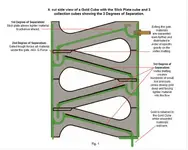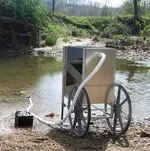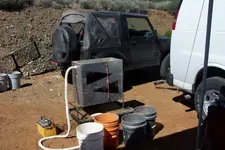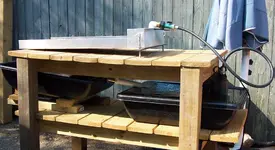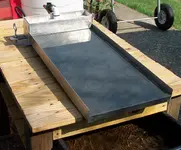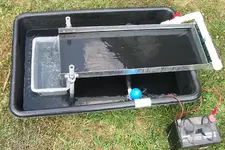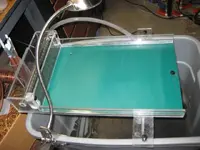bottlecap
Hero Member
- Joined
- Feb 22, 2014
- Messages
- 594
- Reaction score
- 318
- Golden Thread
- 0
- Location
- West Metro, Mn
- Primary Interest:
- Metal Detecting
Now that I have a little experience with prospecting I was thinking running material through a gold cube then using a miller table to cleanly extract the cons from the cube might be a good one two punch. Any thoughts? I get really frustrated panning some of the really fine stuff, very hard to separate from the black sand without panning black sand out and probably losing gold.
Upvote
0




 [emoji106]🏻
[emoji106]🏻